- Well equipped for its price point
- Excellent warranty shades rivals
- Roomy for its size with a big boot
- Lethargic and thirsty engine
- Overseas versions offer more kit
- Interior quality is lacking
Offering just a few products even as recently as 10 years ago, Kia is a car maker on the move. Filling in every segment that it can, Kia recently added the Stonic small SUV to its Australian lineup. On sale in Europe for four years, Kia HQ made the Stonic available to Australia and – naturally with such high SUV sales – the company jumped at it. Available in three specs, the Stonic competes with the Mazda CX-3 and Hyundai Venue, and if you haven’t noticed, both of those cars sell in strong numbers in Australia. Is the 2021 Kia Stonic Sport worthy of stealing sales from these cars? Let’s find out.
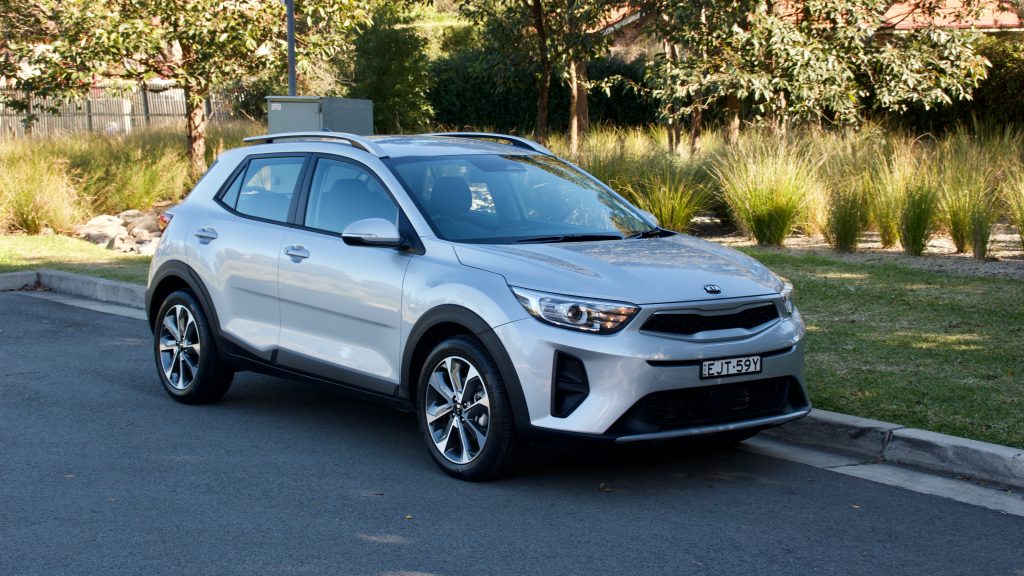
Kia offers three Stonic models in Australia: the base S, mid-spec Sport and the top of the line GT-Line. We tested the mid-spec Sport, which is very much worth the extra $2,000 over the basic-looking S – though we’re not sure about spending a further $4,000 on the GT-Line.
Price & Equipment: 8/10
Standard kit on the Sport includes 17-inch alloy wheels, automatic halogen headlights with halogen daytime running lights, intermittent wipers, roof rails, heated and electric-folding mirrors, an 8.0-inch touchscreen with inbuilt satellite navigation, wired Apple CarPlay and Android Auto, digital radio, air-conditioning, cruise control, keyless entry and start, a leather steering wheel and gear knob, a height-adjustable driver’s seat and two USB ports.
Safety kit includes six airbags, auto emergency braking (AEB) with forward collision warning, lane keep assist, lane follow assist, driver attention alert, rear parking sensors and a reversing camera.
Stepping up to the Stonic GT-Line adds a turbocharged three-cylinder petrol engine, half faux leather/cloth seats, LED headlights with LED front fog lights, an auto-dimming rear mirror, rear privacy glass, a sunroof, auto wipers, single-zone climate control with automatic defogging functionality and GT-Line trimming details such as a bodykit, the wheels, interior trim and a flat-bottomed steering wheel. The GT-Line is $30,490 drive away, which makes it reasonable value for the kit on offer but it’s still not cheap for a small car. It also puts it in contention with bigger rivals such as the Ford Puma, Skoda Kamiq and even Kia’s larger Seltos, which is priced from $28,290 drive away.
We consider the Hyundai Venue auto ($26,623 drive away) and Mazda CX-3 Neo Sport auto ($26,990 drive away) to be the Stonic Sport’s main rivals. Against these two cars, the Stonic seems quite well equipped – the Venue’s tiny 15-inch alloys and the CX-3’s 16-inch steel wheels pale in comparison with the Stonic’s 17-inch alloys. The Stonic also features a leather-wrapped steering wheel – important when that’s the thing you touch most in the car – and inbuilt satellite navigation against the Venue and CX-3.
While the Venue also features auto headlights, the CX-3 unfortunately does not – same with the Stonic’s rear parking sensors, roof rails, centre arm rest, daytime running lights, lane assist and larger 8.0-inch screen with navigation and digital radio.
But there are features that the Australian-spec Stonic misses out on. Blind-spot monitoring with rear cross-traffic alert and adaptive cruise control are the big ticket items, as well as heated seats, a heated steering wheel, front parking sensors and cornering lights. Choose a Stonic GT-Line over a CX-3 sTouring and features such as a heads-up display, auto high beam, front fog lights and driver attention monitoring are standard on the Mazda, yet unavailable on the Kia.
Performance & Economy: 5/10
Under the bonnet of the 2021 Kia Stonic Sport is a 74kW/133Nm 1.4-litre four-cylinder petrol engine that’s shared with the Rio hatchback on which the Stonic is based. The upper-spec GT-Line trades that for a 74kW/172Nm 1.0-litre turbo and if money is no object when selecting a Stonic model, your money should 100 per cent go to that.
Put simply, the 1.4-litre Stonic is slow. Really slow. Its claimed 0-100km/h sprint time is just under 13 seconds and while no small SUV is a sprinter, that’s just not fast enough in 2021. To add insult to injury, the 1.4L engine used is old, unrefined and quite thirsty – Kia claims 6.7L/100km combined, but our average with both urban and highway driving sat at 9.8L/100km. For a 74kW engine? That’s just not good enough. At least the Stonic will happily run on 91RON fuel.
Optionally available on the S and Sport is a six-speed torque converter automatic transmission – the GT-Line uses a more efficient seven-speed dual-clutch auto – that’s mostly pleasing. It’s quick to respond, relatively intuitive and does its best to hide the massive torque deficiency from the engine, but despite that, the Stonic never feels better than slow. We love that Kia offers a six-speed manual on both the S and Sport versions of the Stonic.
This is a shame as an 88kW tune of the 1.0L turbo engine – with a mild-hybrid system as well – is available in Europe with the seven-speed dual-clutch auto, and we’d really like to see it offered in Australia. Why is the engine such a problem? On highways it’s just not quick enough, and the positively muscular Mazda CX-3 – which has 34kW more power – is much better at travelling distances, and yet, it’s more fuel efficient as well.
Ride & Handling: 8/10
Like other Australian-spec Kia products, the 2021 Kia Stonic Sport is tuned for local tastes by the Aussie branch of the company. As we’ve said before, this local tuning program has resulted in big results, including with the Sorento SUV and Stinger sports sedan, which both drive very well. Kia Australia can add another to that list: the Stonic Sport, which is a great all-rounder when it comes to driving.
Most impressive to us is how well the suspension is tuned. Despite featuring a basic torsion beam rear suspension set up, the Stonic drives surprisingly well – certainly better than the Venue and CX-3, which are firmer and choppier. Particularly impressive is the Stonic’s low-speed ride, which is nicely soft for everyday use, but it also handles corners well for the class.
Road noise levels, though, are pretty loud. Thankfully, the visibility is pretty good and although the steering isn’t that quick, it’s more positive than the heavier rack in the CX-3. The Stonic’s dynamics are positive as well with good grip, a relatively adjustable rear end and a solid feeling that’s not present in some rivals.
Interior & Practicality: 6/10
If there’s somewhere that the four-year old Stonic feels its age, it’s inside. It’s definitely more modern than a CX-3, but the quality just isn’t there – there are no soft-touch surfaces anywhere in the cabin, and the hard plastics are particularly coarse to touch. Like any other modern Kia, it’s well screwed together and feels like it will last for decades to come, but an extra layer of finishing would improve it greatly.
Centre of the Stonic’s cabin is an 8.0-inch touchscreen that features in other Hyundai Kia products – its software is the same as the 10.25-inch units in its cousins. It’s quick to touch, easy to use and fully featured with inbuilt navigation, digital radio and wired Apple CarPlay and Android Auto – though, curiously, the base Stonic S features wireless smartphone mirroring in lieu of navigation. The six-speaker sound system is fine, and certainly punchier than past Kia units, though nothing special.
Storage inside the Stonic is reasonable too. There’s a commodious centre console tray – though it doesn’t feature a wireless phone charger or more than one USB port – as well as reasonable door pockets, a small centre box with an adjustable arm rest and two medium-sized cup holders in the centre console.
The rear seat of the Stonic is on the roomier side of the small SUV class. Six-footers will be fine sitting behind each other with reasonable head-, leg- and kneeroom. There are door pockets and a single USB-A charging port, but that’s it – no centre arm rest, no vents, only one map pocket and no more than one charging port.
The boot of the Stonic is pretty healthy for the segment at 352-litres – a CX-3 only manages 264L – and folding the rear seats down unlocks 1,155L of space. The boot features a low lip, a few hooks and even a storage tray on the left-hand side, though when you fold the seats down, there’s a massive ridge between the boot floor and the seat base. A dual-level boot floor would help massively here. Under the boot floor lies a space saver spare wheel.
Service & Warranty: 9/10
Like other Kia products in Australia, the Stonic comes with a seven-year/unlimited km warranty with a single year of roadside assist that’s topped up by each dealership service up to eight years in total. Like the Hyundai but unlike the Mazda and its short 10,000km intervals, the Stonic needs to be serviced every 15,000km or once yearly.
Over five years/75,000km, the Stonic costs $2,103 ($420 per service), which isn’t cheap. To the same time period, a Mazda CX-3 Neo Sport will cost almost as much at $2,017 – though that’s only to 50,000km thanks to the Mazda’s shorter 10,000km service intervals. Both the CX-3 and Stonic, however, cost more to service than the Hyundai Venue, which features 15,000km service intervals and a five-year/75,000km cost of $1,575 ($315 per service).
The 2021 Kia Stonic Sport DiscoverAuto Review: 7.2/10
There’s a lot to like about the 2021 Kia Stonic Sport. It’s got a good standard equipment list, it’s roomy for its size, offers a good level of standard tech and the Australian tuning of its suspension and steering has made it drive quite well, especially with our rubbish roads. But it’s far from perfect. At the top of the not-so-perfect list is the 74kW/133Nm 1.4-litre petrol engine, which is just not good enough. Not only is it slow, but it’s also loud, unrefined and thirsty. The cabin quality isn’t great and there are a number of features available overseas that Australia doesn’t receive either.

For its price point, we think the 2021 Kia Stonic Sport is a good option, but the top-spec GT-Line is a worthy $4,000 extra spend. Yet once you’re there, there are better options such as Kia’s own Seltos, which renders the extra spend of the Stonic GT-Line rather useless. But we’re sure that buyers will find lots to like about the Kia Stonic, which has filled in yet another gap in the SUV market for Kia in Australia.
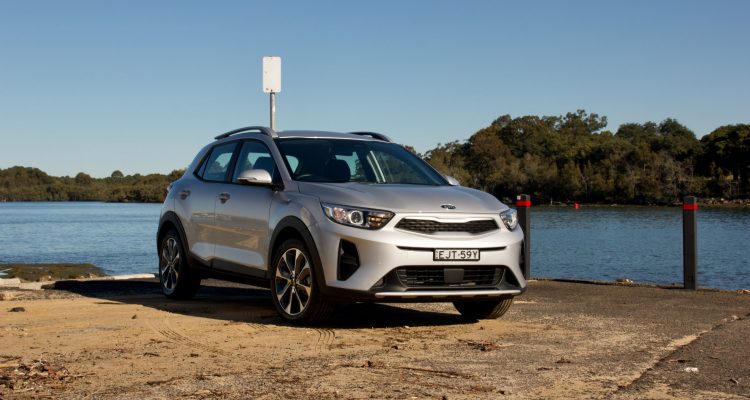
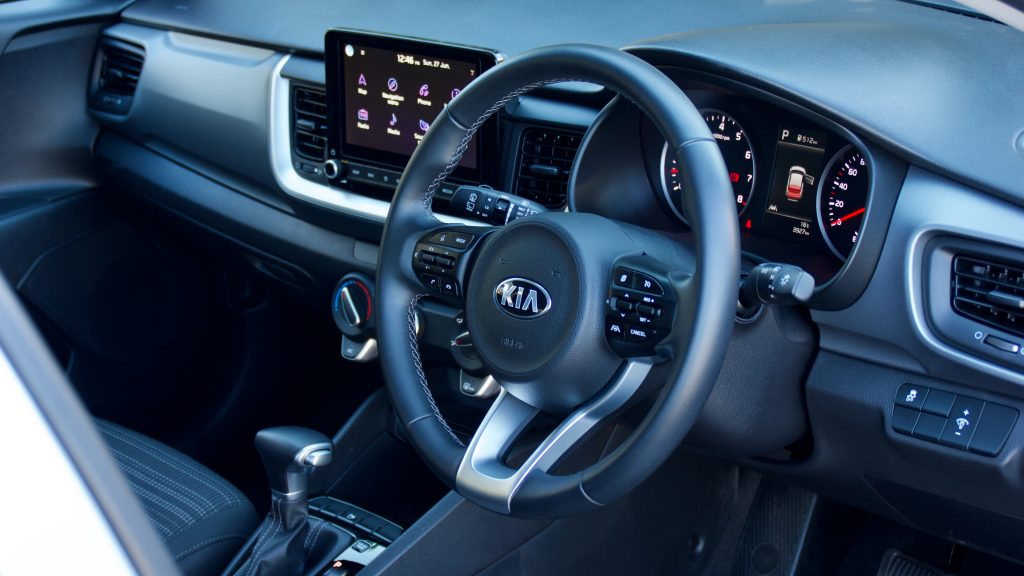
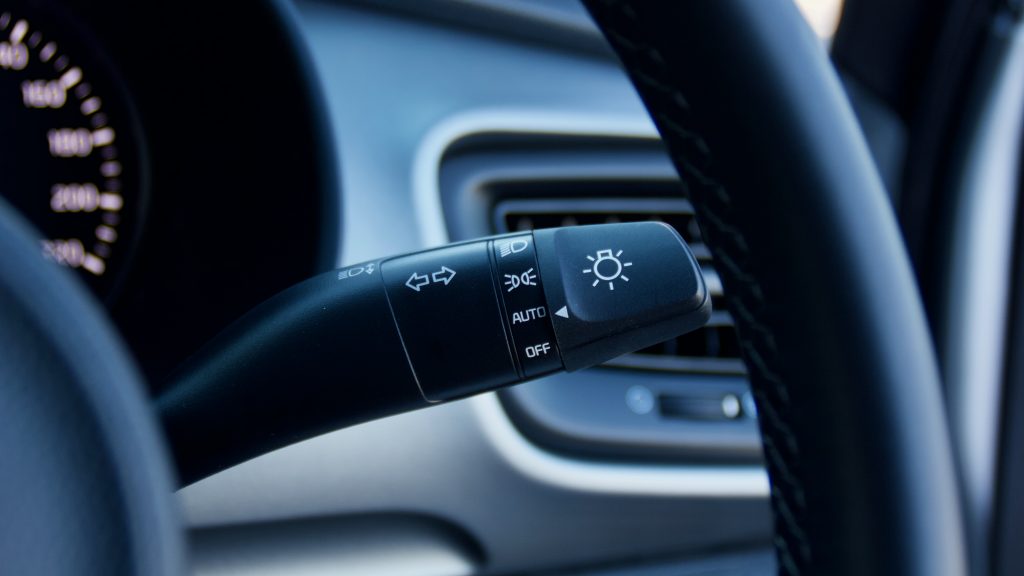
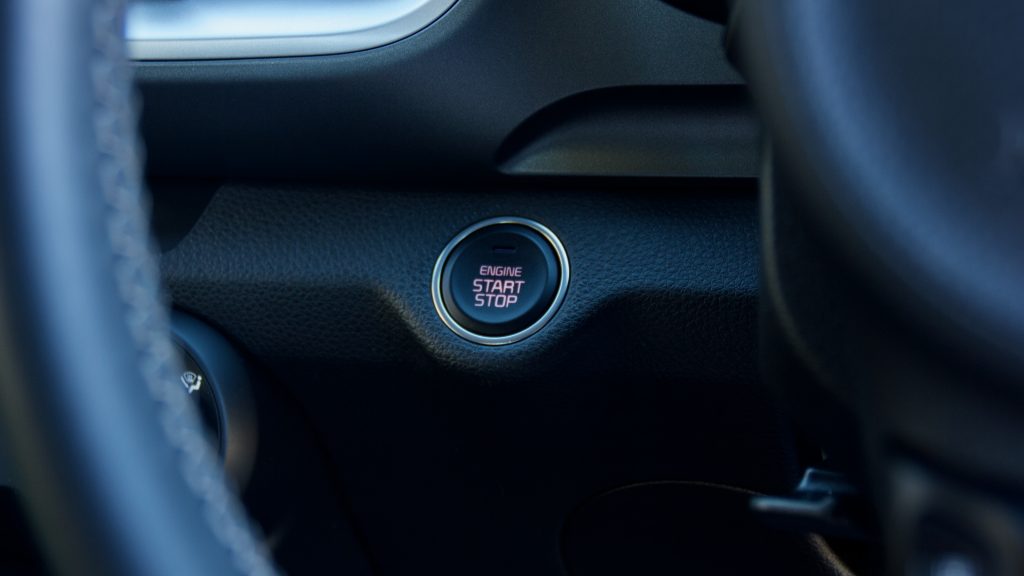
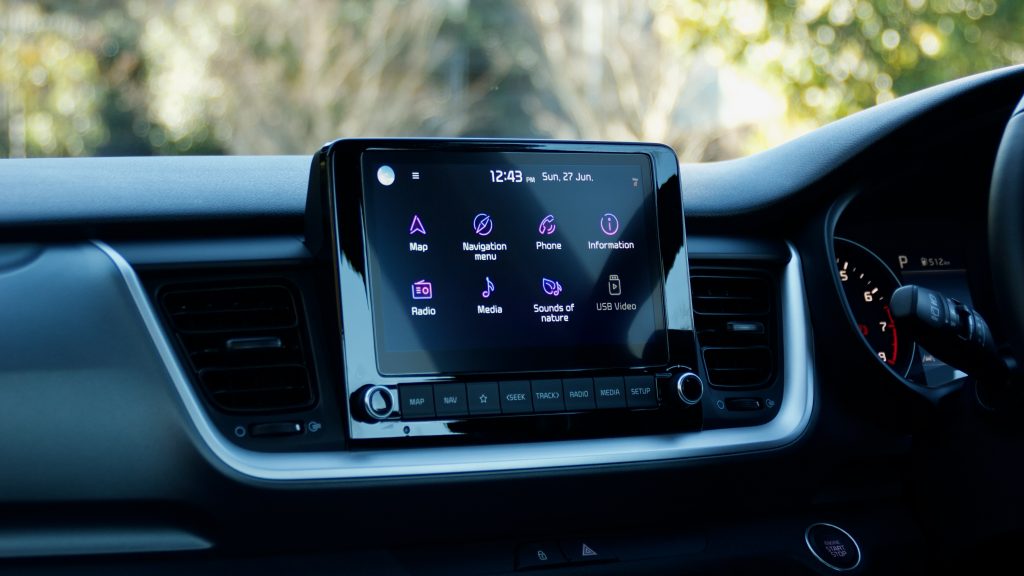
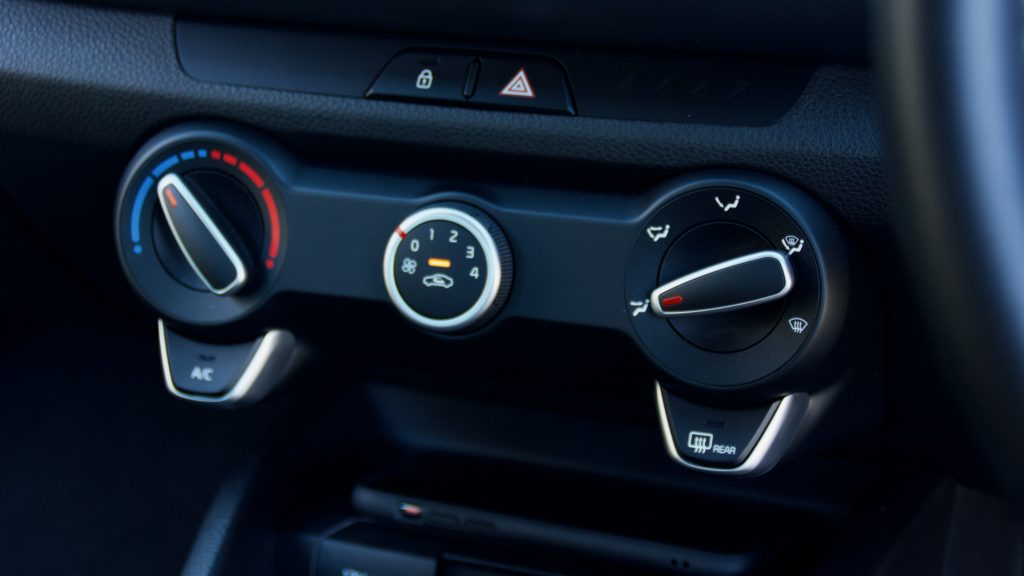
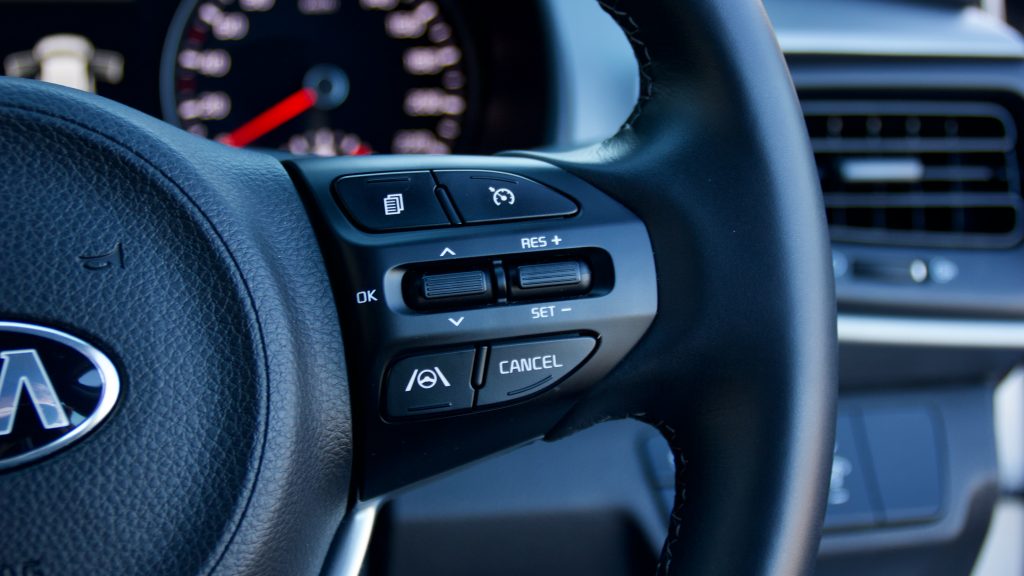
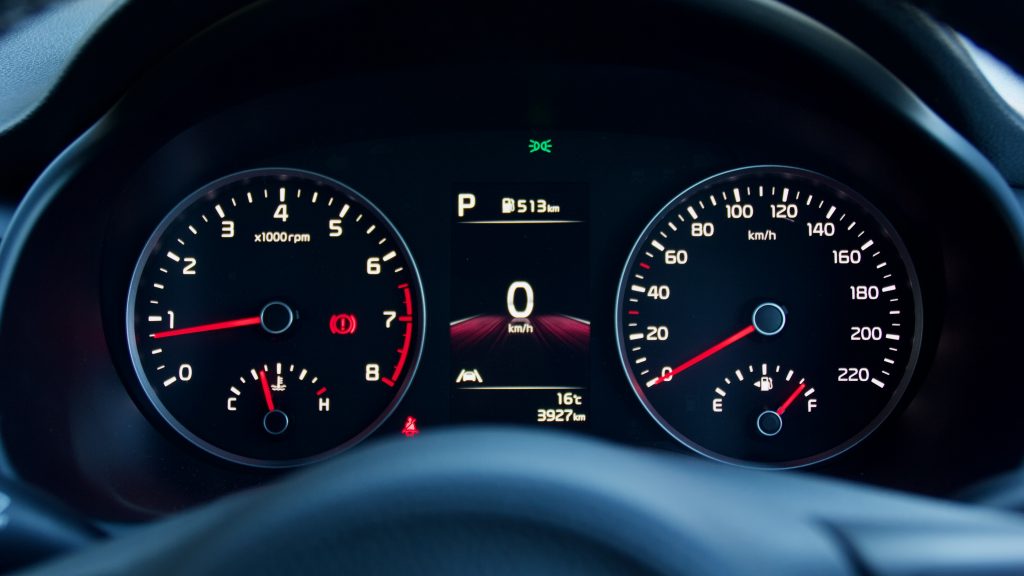
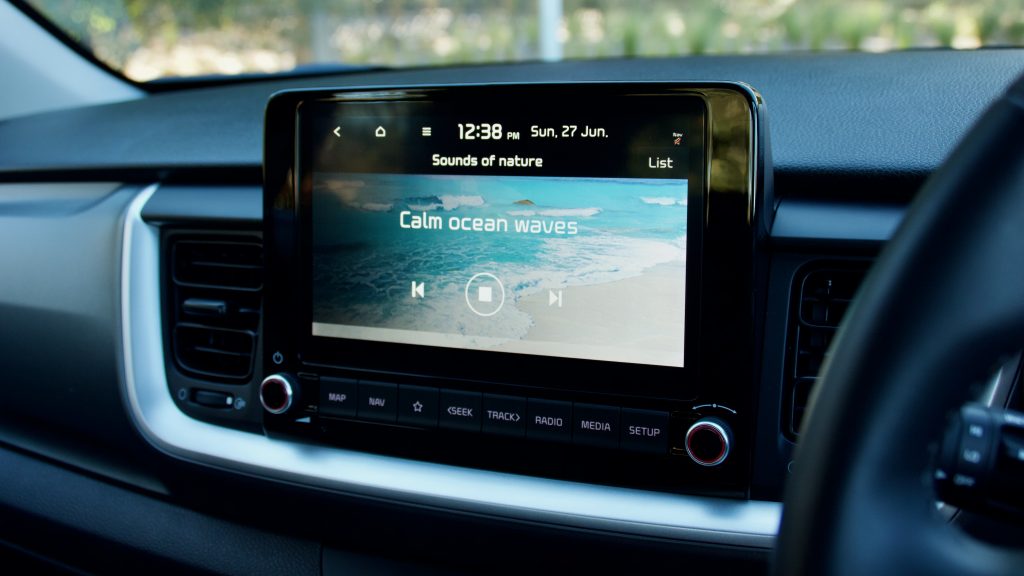
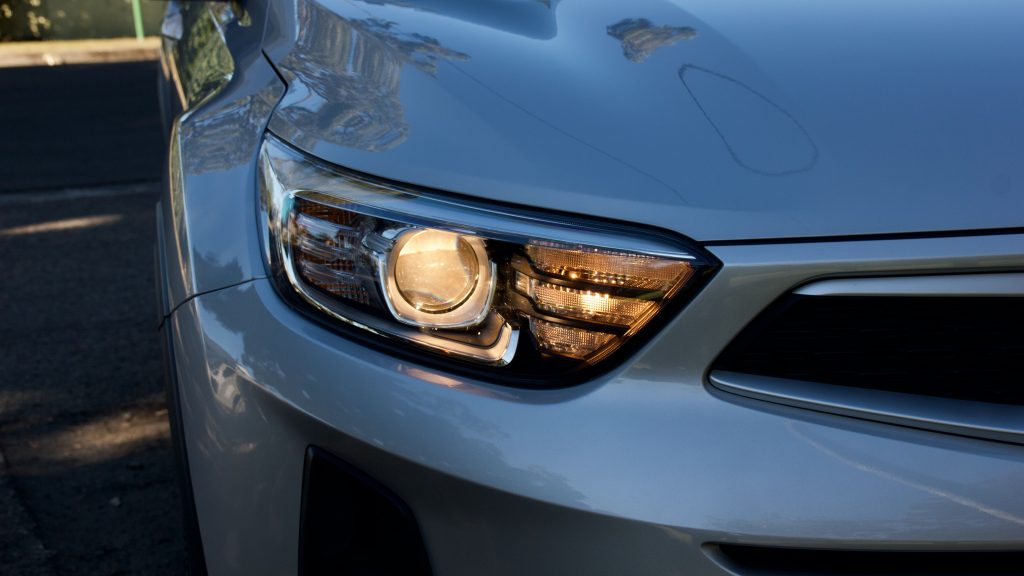
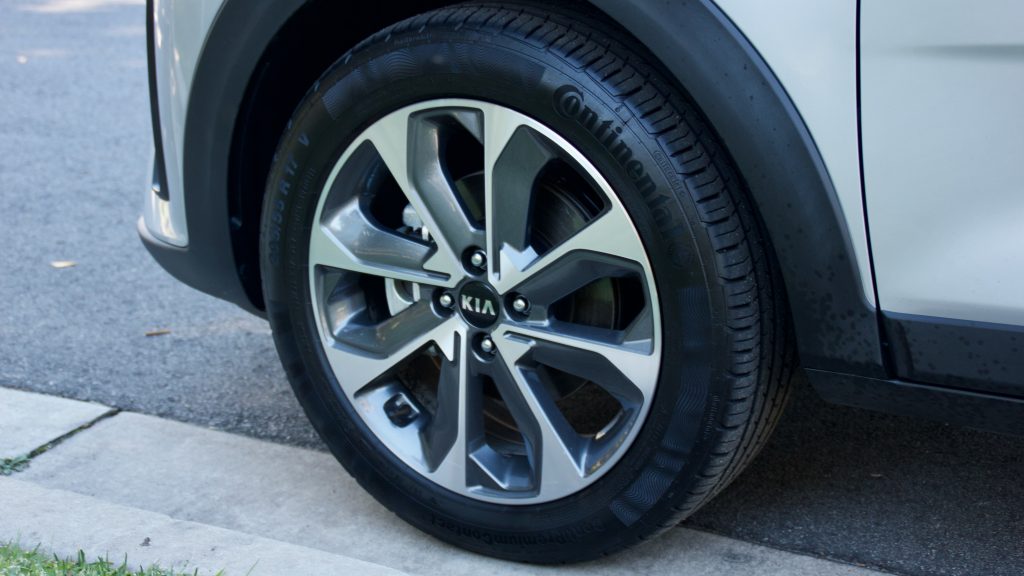
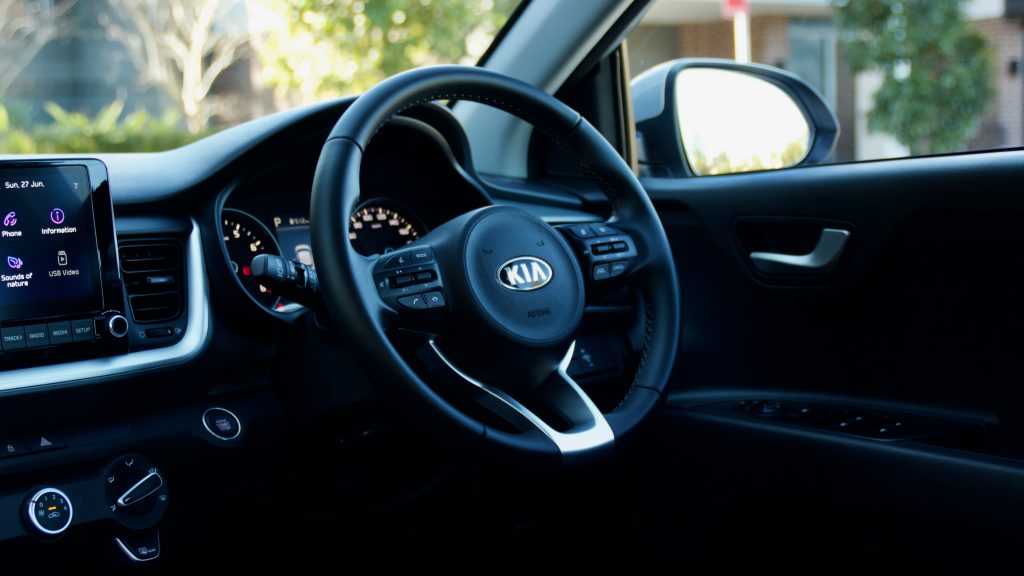
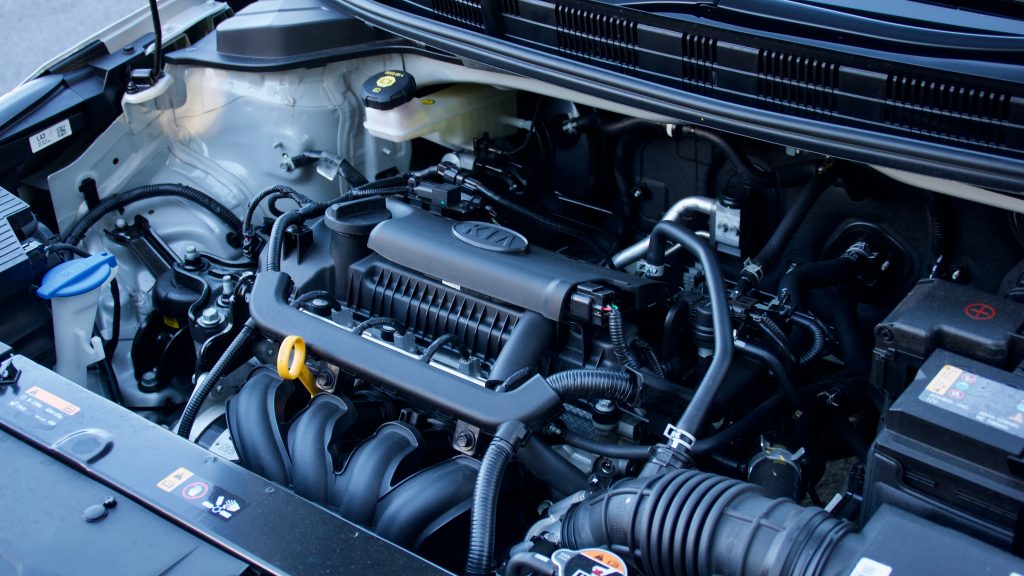
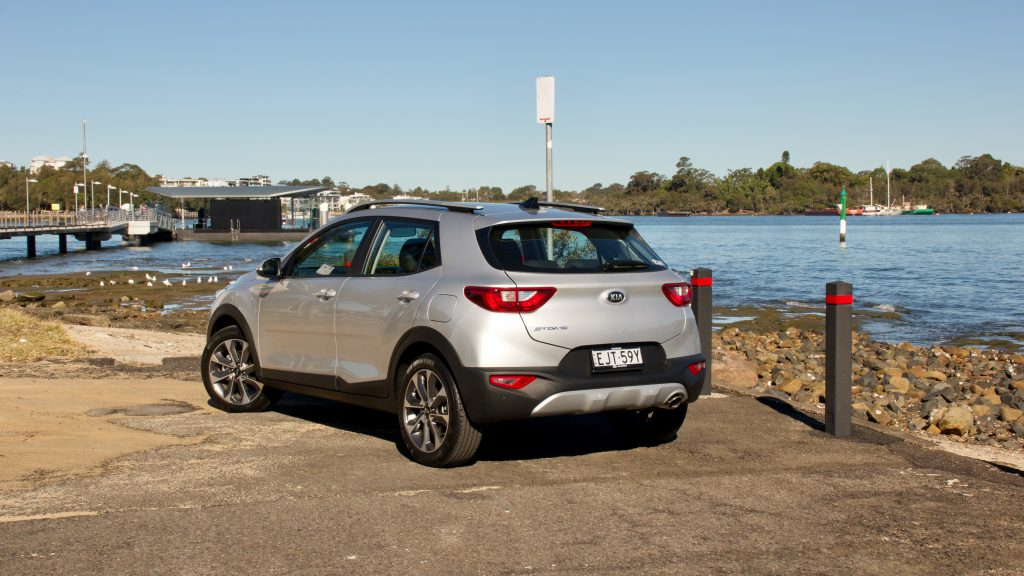
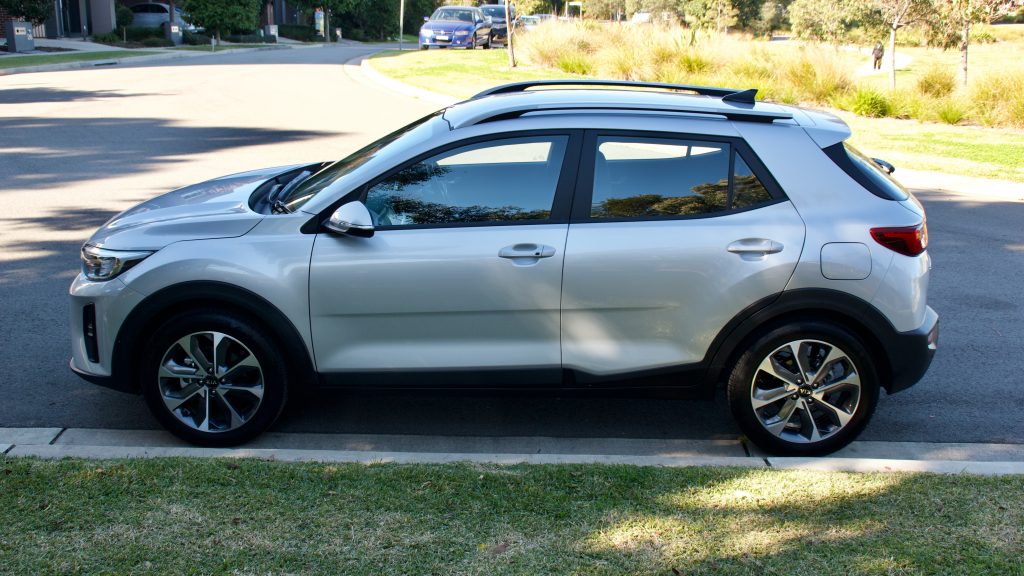
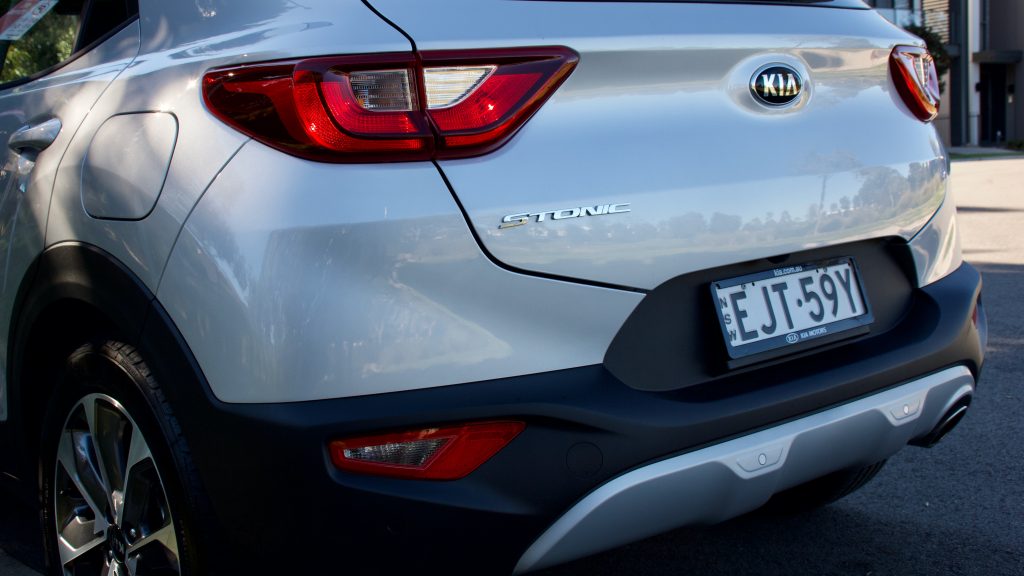
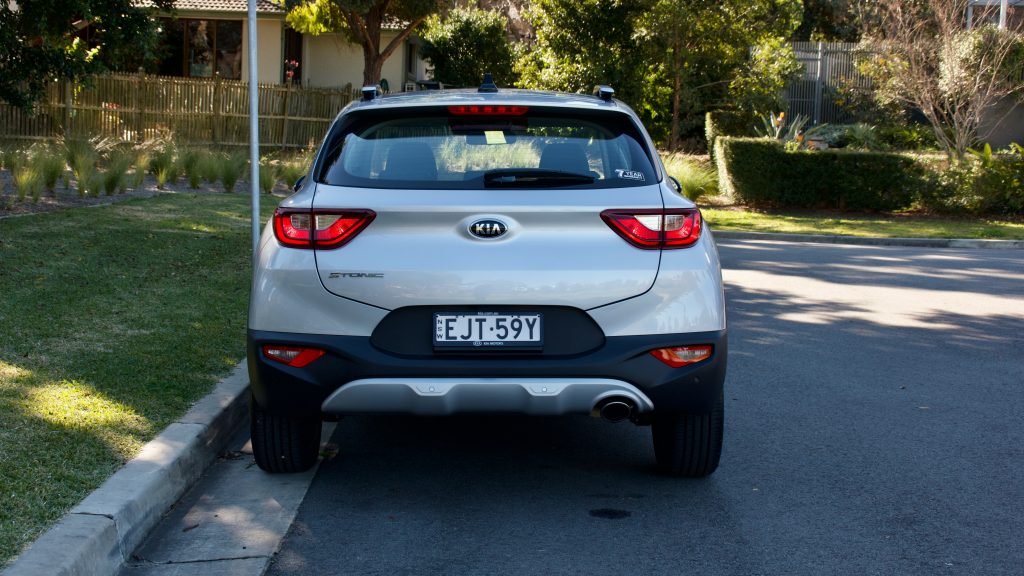
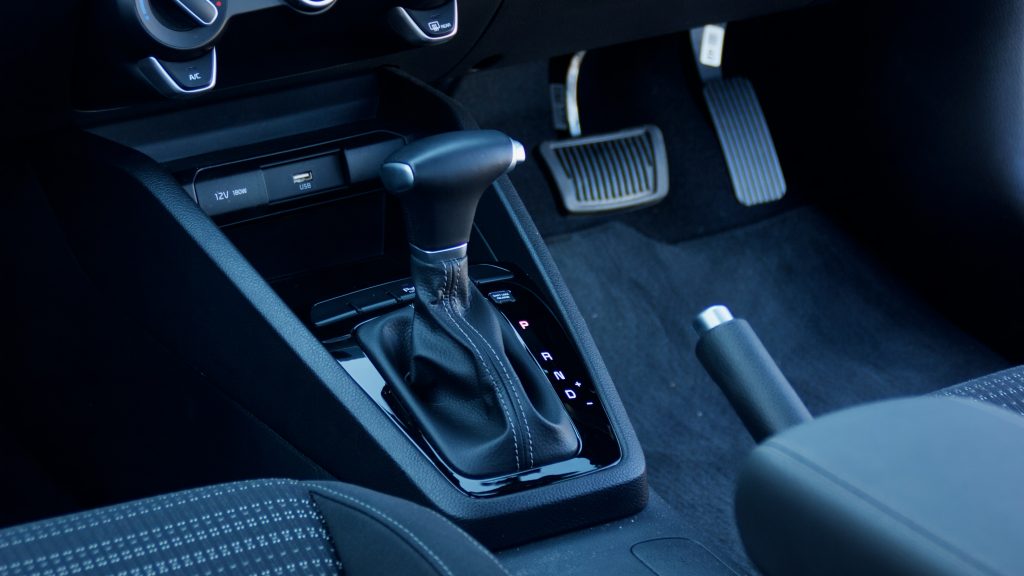
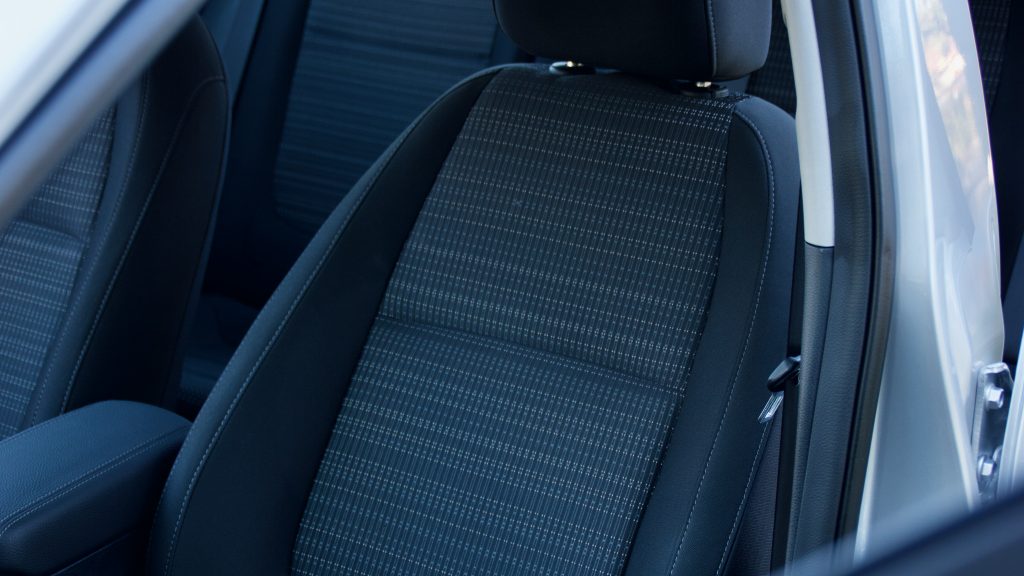
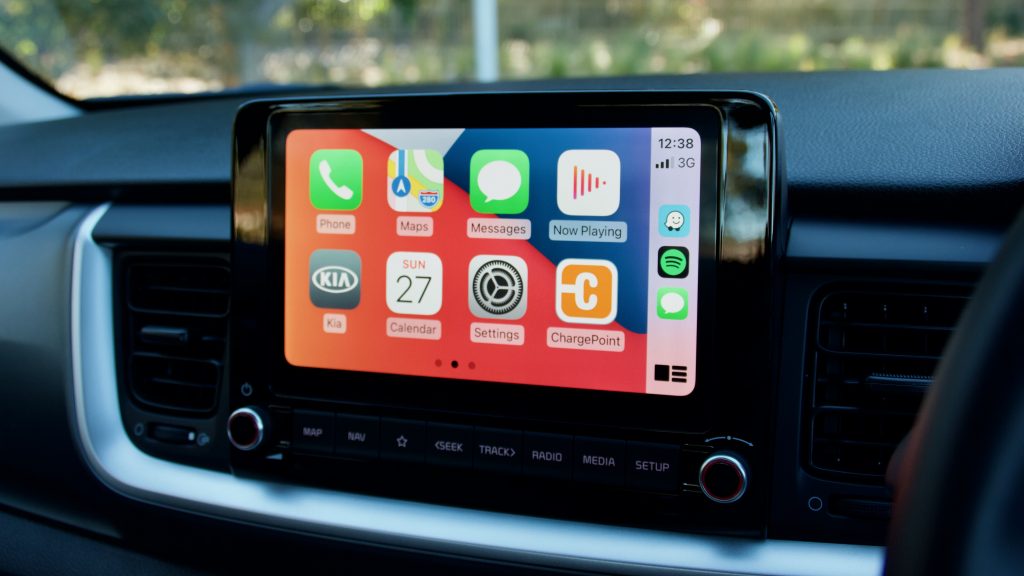
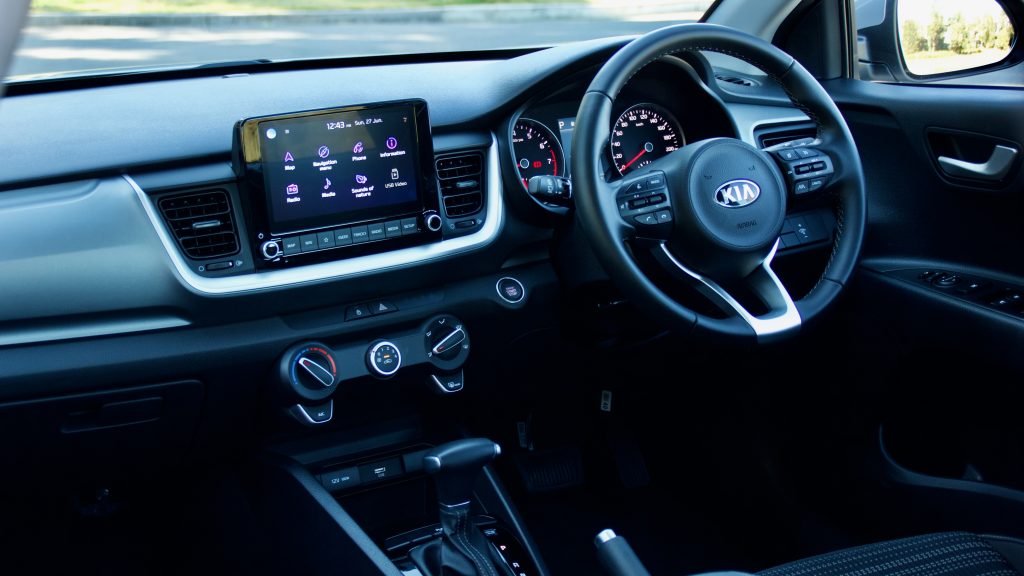
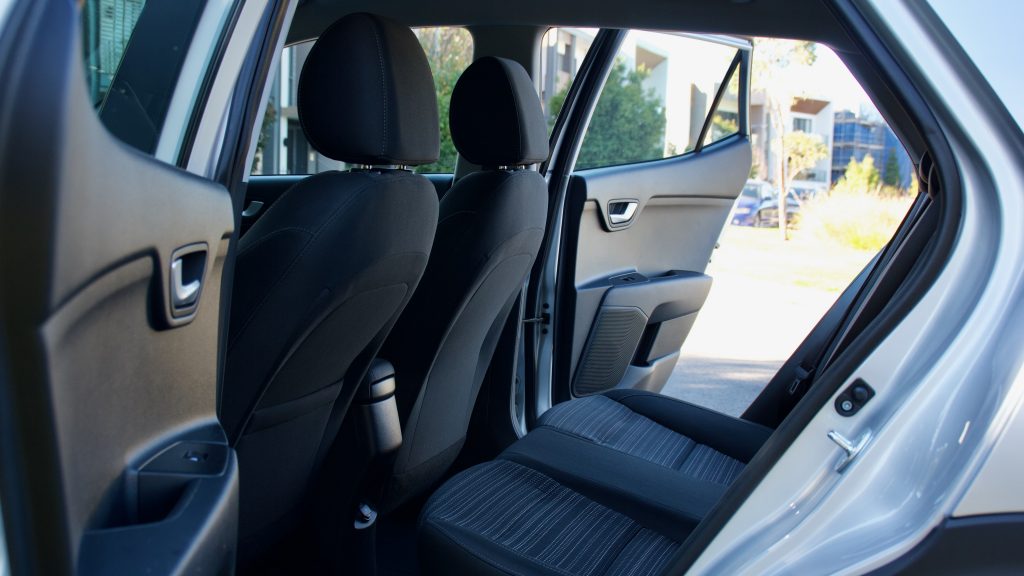

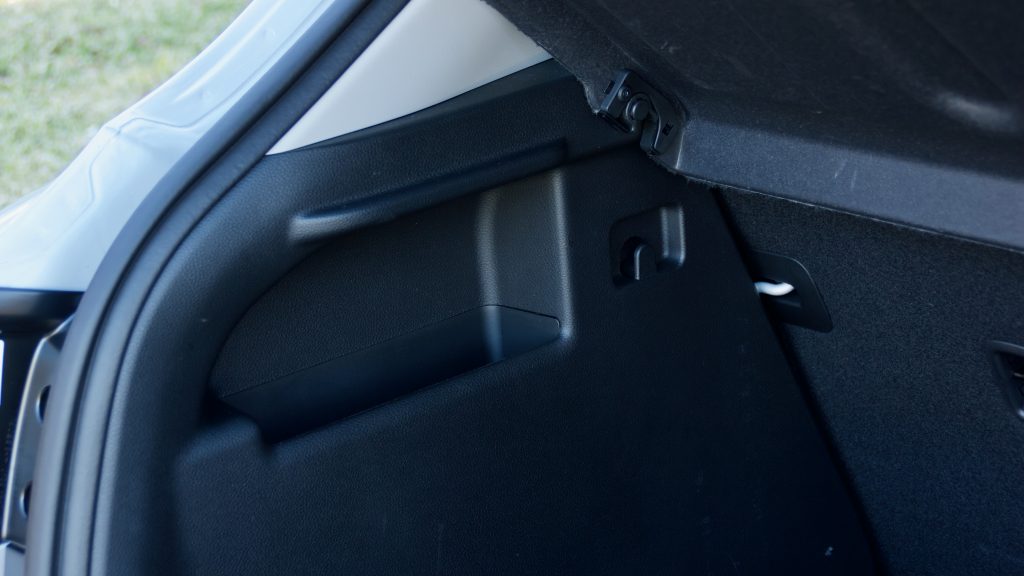
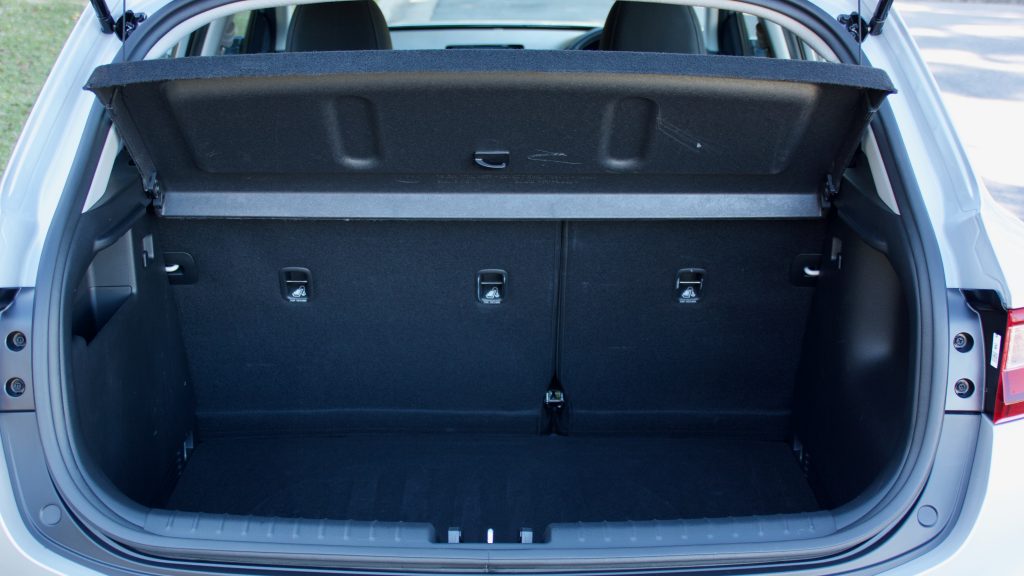
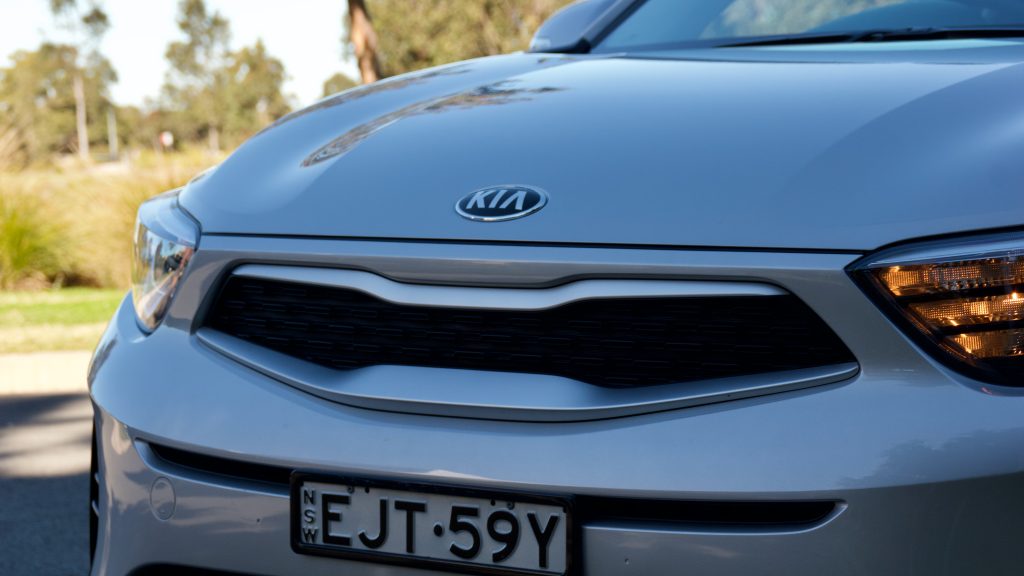
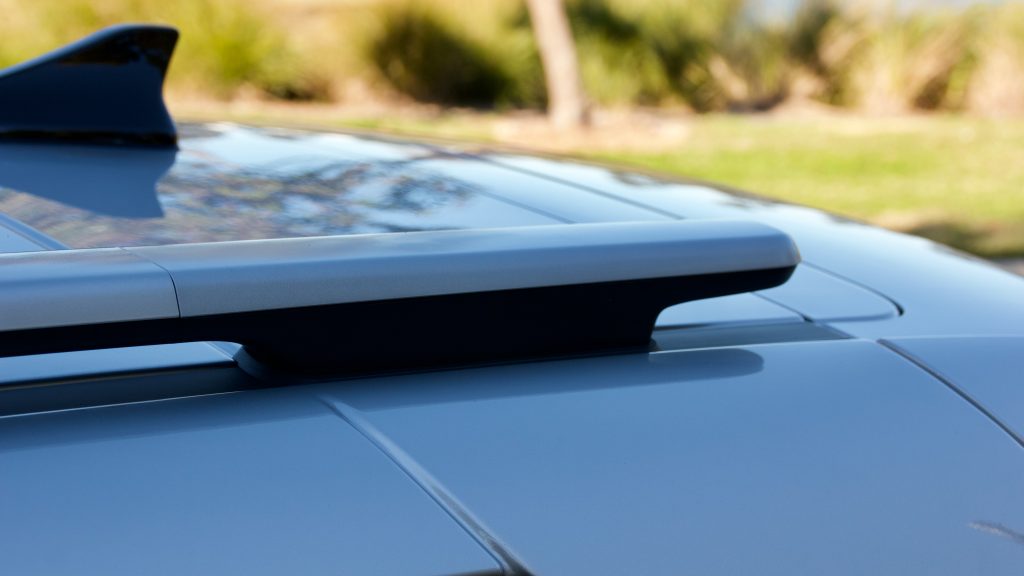
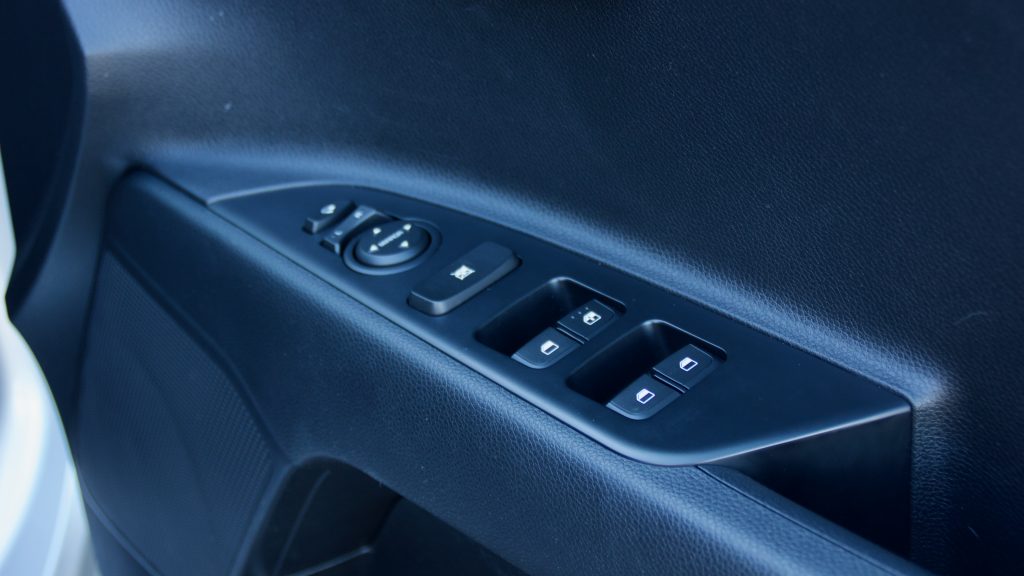
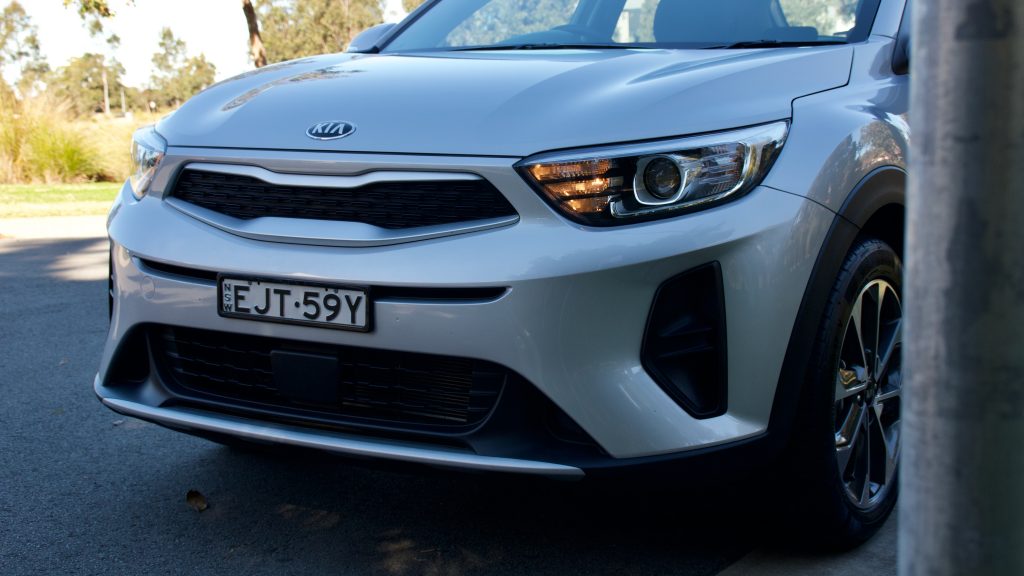
Leave a Reply